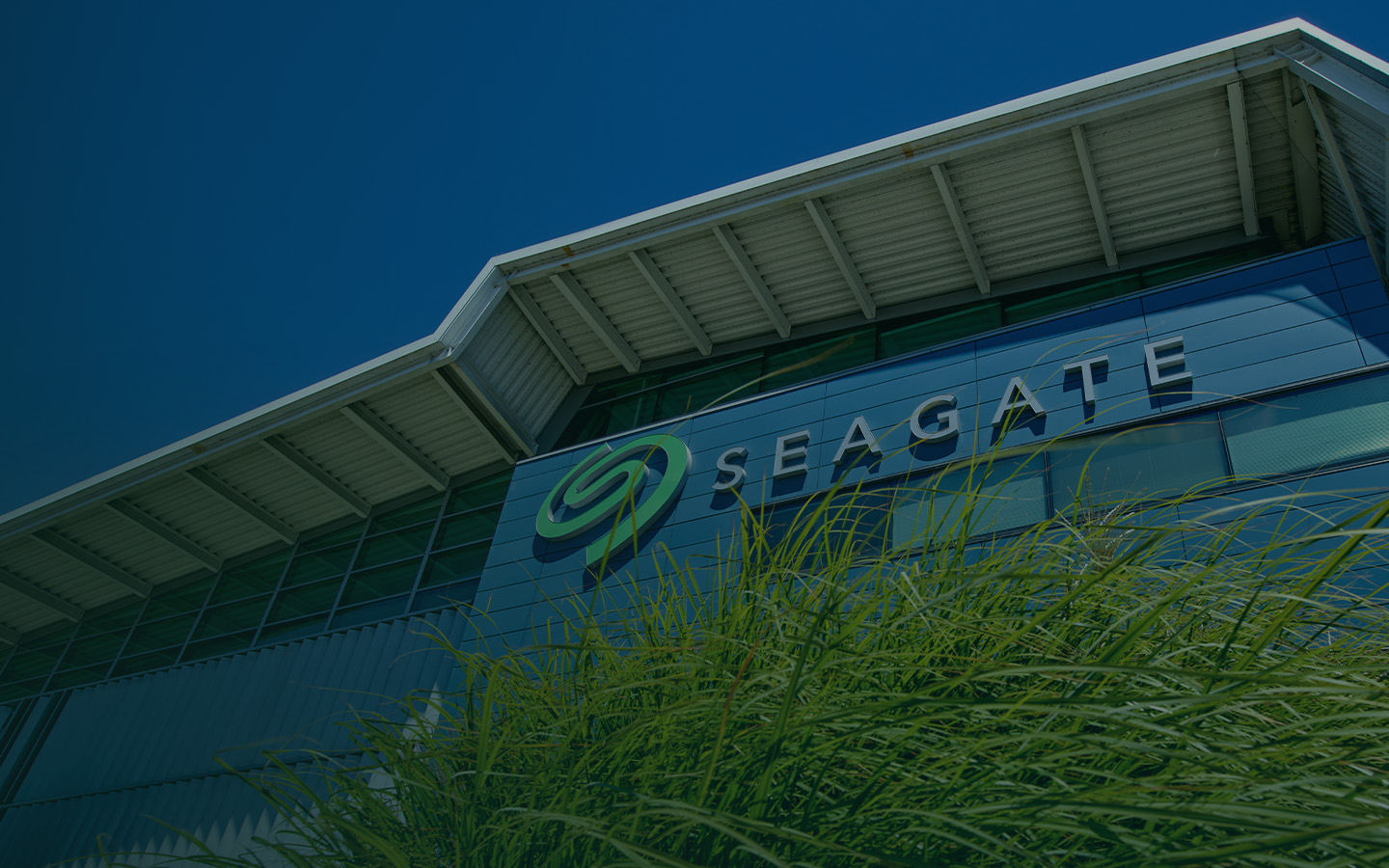I'm trying to work out the most effective way to put to use an existing set of 7x5TB SSDs. They're shucked Seagate OneTouch drives (2.5" Barracudas under the hood).
My existing TrueNAS Scale setup is as follows:
At present, five of the 5TB SSDs are in use locally (but only about 50% utilised) on another server for relatively intensive tasks and/or data desired fast-on-demand - Jellyfin, Photoprism, Paperless-ngx, local quick-access copies of VMs or large ISOs, Calibre, that sort of thing. These then back up nightly to TrueNAS. To a large extent, the nature of the data (with exceptions such as database files) is write once, read many times.
What I'm wondering is whether this is the best use of the SSDs, or whether they might be almost as fast, with convenience/reduced complexity/resiliency benefits as a trade-off, as a pool in the TrueNAS. (I do kind of like that these largely automated programs don't directly touch my TrueNAS data, although I think snapshots also give protection against a program going rogue, so I would be willing to let that advantage go).
I have read some threads and discussions about SSDs and speeds but to be honest a lot of it is at a deeper level of knowledge than I have; I can grasp the concepts but I am having trouble applying them to this scenario. I get that SSD performance in pools can be a bit of a mixed bag, that there is a wear and tear issue, and that the cost benefit is questionable if you were planning to buy some, but I can't glean whether the performance or wear and tear factors are so much worse than using them directly in a machine that you wouldn't consider using them in TrueNAS even if you already have them. So I would appreciate any wisdom people can share.
My existing TrueNAS Scale setup is as follows:
- Motherboard make and model: Proprietary - HP Z420
- CPU make and model: Intel(R) Xeon(R) CPU E5-1607 v2 @ 3.00GHz, average 5% utilisation
- RAM quantity: Right this minute, 32GB ECC, but I have come into some more ECC and will be opening it up on the weekend to bump it up to 96GB. (The HP mobo has eight slots).
- Hard drives, quantity, model numbers, and RAID configuration, including boot drives
- Boot drive is a 100GB SSD, 96GB free
- Pool 1 is spinning disks, mixed topology (I know, not ideal), 2x18TB and 3x8TB, total raw storage <60TB, set up as RAIDZ1, effective capacity 29TB, 13TB free (although I do have more data to go in). These are all connected to onboard SATA slots (the HP z420 has six AHCI slots).
- I have a couple of LSI SAS controllers (flashed IT mode) so I will probably put in another set of 5x8TBs as another pool to take some extra data.
- Network cards: Just onboard gigabit. The key machines working with the data are also wired gigabit, although there are wireless clients in the mix.
At present, five of the 5TB SSDs are in use locally (but only about 50% utilised) on another server for relatively intensive tasks and/or data desired fast-on-demand - Jellyfin, Photoprism, Paperless-ngx, local quick-access copies of VMs or large ISOs, Calibre, that sort of thing. These then back up nightly to TrueNAS. To a large extent, the nature of the data (with exceptions such as database files) is write once, read many times.
What I'm wondering is whether this is the best use of the SSDs, or whether they might be almost as fast, with convenience/reduced complexity/resiliency benefits as a trade-off, as a pool in the TrueNAS. (I do kind of like that these largely automated programs don't directly touch my TrueNAS data, although I think snapshots also give protection against a program going rogue, so I would be willing to let that advantage go).
I have read some threads and discussions about SSDs and speeds but to be honest a lot of it is at a deeper level of knowledge than I have; I can grasp the concepts but I am having trouble applying them to this scenario. I get that SSD performance in pools can be a bit of a mixed bag, that there is a wear and tear issue, and that the cost benefit is questionable if you were planning to buy some, but I can't glean whether the performance or wear and tear factors are so much worse than using them directly in a machine that you wouldn't consider using them in TrueNAS even if you already have them. So I would appreciate any wisdom people can share.

